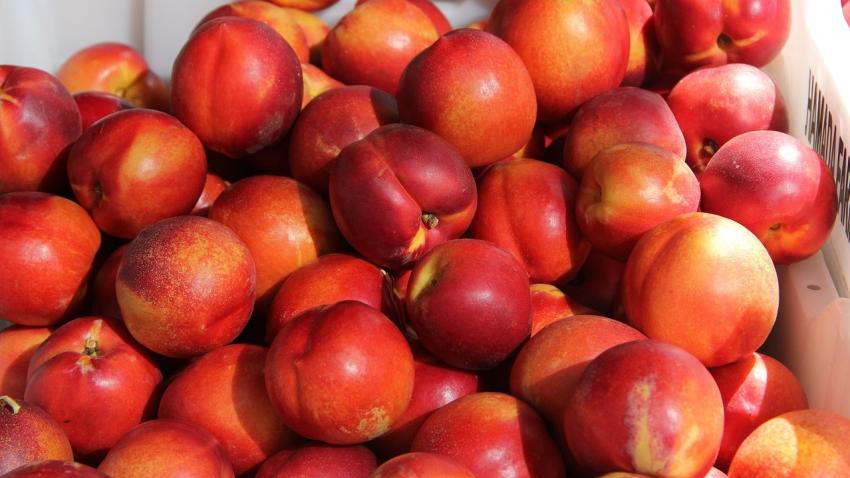China Still Largest Market for Chilean Nectarines [1]
Submitted by Jing Zang [2] on

According to the Chile: Stone Fruit Annual [3] report recently released by the U.S. Department of Agriculture’s Foreign Agricultural Service, Chile’s production of peaches and nectarines [4] in marketing year 2023/24 is estimated to reach 162,500 metric tons. This projection represents a slight increase of 1.6% compared with the previous year, owing to an expanding cultivated area, stable yields and ample water supplies for irrigation in the Maule and O’Higgins regions.
The cultivated area for peaches and nectarines in Chile for MY 2023/24 is expected to reach 8,500 hectares, marking a modest increase of 0.3% over the previous year. Lower profits for peaches compared with other types of stone fruit have motivated growers to shift toward crops with higher profit margins, such as nectarines and cherries. Consequently, the cultivated area for peaches continues to decline while that for nectarines keeps growing. In MY 2022/23, the cultivated area for peaches was 1,851 hectares, a year-on-year decrease of 0.5%, while that for nectarines was 6,624 hectares, a year-on-year increase of 2.2%.
The main nectarine planting regions in Chile are primarily located in the central parts of the country, specifically in the O’Higgins and Metropolitan regions. Over the past three years, the cultivated areas in these two regions have grown by 26.6% and 10.5%, respectively.
In MY 2022/23, Chile’s fresh peach and nectarine exports totaled $136 million and 103,806 metric tons, representing year-on-year decreases of 2.6% and 6.9%, respectively.
The top five export destinations for Chilean fresh peaches and nectarines are China, the United States, Mexico, Brazil and the Netherlands. China has now been the leading overseas market for two consecutive years. In MY 2021/22, Chile exported 37,307 metric tons of nectarines to China, marking an impressive increase of 42.2% compared with the previous year. In MY 2022/23, however, exports to China decreased by 7.1% to 34,658 metric tons, although China remained the largest export market for Chilean nectarines.
Chile boasts a diverse array of nectarine cultivars, with the export season typically lasting from December to March. According to the Chilean Fruit Exporters Association [5] (ASOEX), the reduction in overall nectarine exports in the 2022/23 season was attributable to logistical challenges, resulting in a substantial portion of nectarines being retained within the domestic market. Additionally, the share of traditional yellow-fleshed and late-season nectarines being exported is decreasing, while early-season and novel cultivars are accounting for a growing proportion of exports.
ASOEX and the Chilean Agricultural and Livestock Service recently participated in a series of meetings [6] with relevant Chinese authorities, including the General Administration of Customs. The discussions revolved around expanding market access and improving logistical procedures. Miguel Canala, general manager of ASOEX, is optimistic that full access to the Chinese market for Chilean peaches and apricots is within reach. He anticipates that this objective could potentially be realized as early as next July.
Data from China Customs indicate that China imported 33,380 metric tons of fresh nectarines from Chile between November 2022 and May 2023, with a total value of approximately 487 million Chinese yuan ($66.8 million).
Image: Pixabay
This article was based on a Chinese article. Read the original article [7].
